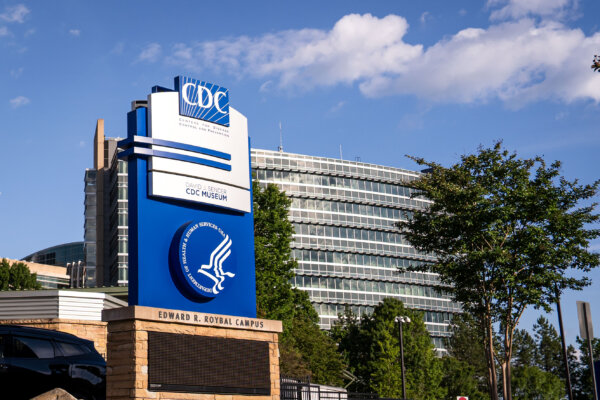![]() The use of antibiotics has shot up over recent years and poses an “escalating crisis” that must be addressed swiftly, according to a new study published in the Proceedings of the National Academy of Sciences on Nov. 18.
The use of antibiotics has shot up over recent years and poses an “escalating crisis” that must be addressed swiftly, according to a new study published in the Proceedings of the National Academy of Sciences on Nov. 18.
Such infections can result in higher rates of mortality, increased treatment costs, and longer hospital stays.
Globally, antimicrobial resistance is linked to 5 million deaths every year.
“To address this escalating crisis, we must prioritize reducing inappropriate antibiotic use in high-income nations while making substantial investments in infrastructure in low- and middle-income countries to curb disease transmission effectively.”
During the COVID-19 pandemic, antibiotic consumption was “significantly reduced,” especially in high-income countries, the study stated. However, there were “rapid increases” in usage among middle-income countries in 2021.
For the 2016 to 2023 period, the top five largest percentage increases in antibiotic consumption occurred in middle-income nations.
The highest increase among lower-middle-income countries was in Vietnam, where the rate of consumption more than doubled. West Africa came in second in rate of increase.
In upper-middle-income countries, the largest jump was in Thailand, followed by the countries of Central America, with Malaysia in the third spot.
Researchers pointed out that while several factors could be driving up antibiotic consumption, economic growth is “likely the most important factor in lower-income settings.”
“As countries grow economically and attempt to break out of the poverty cycle, they may be at risk for inappropriate antibiotic use,” they noted.
The study estimated that the total global antibiotic consumption in 2023, including nations that do not belong to the 67 countries analyzed in the paper, was 49.3 billion daily doses.
“By 2030, we project that, without reductions in rapidly developing nations, such as investments to improve infrastructure, particularly water and sanitation, along with improved access to vaccination, global antibiotic consumption will increase by 52.3 percent” from the 2023 level, the study stated.
Risks of Antibiotic-Resistant Pathogens
A September report published in The Lancet warned that antibiotic-resistant infections could claim up to 40 million lives by mid-century.
“The continued overuse of antimicrobials, both in human health and in agriculture, produces an environment that selects for increasingly resistant bacteria,” researchers said.
The study suggested developing treatments aimed at gram-negative bacteria—microbes whose cell wall structures make them resistant to several antibiotics.
The CDC estimates that the United States sees more than 2.8 million antimicrobial-resistant infections annually, with more than 38,000 deaths.
Antimicrobial resistance develops as part of a pathogen’s evolution.
“Antibiotics and antifungals kill some germs that cause infections, but they also kill helpful germs that protect our body from infection. Antimicrobial resistance accelerates when antibiotics and antifungals pressure bacteria and fungi to adapt,” the CDC says.
“The antimicrobial-resistant germs survive, multiply, and spread to other germs. These surviving germs have resistance traits in their DNA that can spread to other germs.”
Specifically, the study discovered that antibiotic exposure among babies was associated with allergies and asthma when they become adults.











